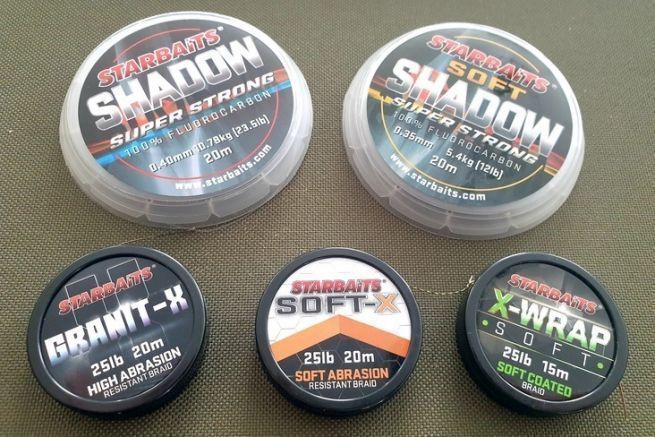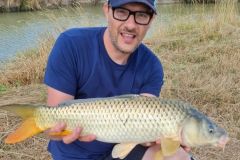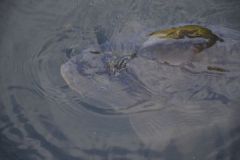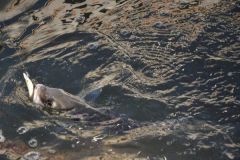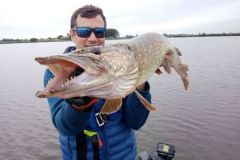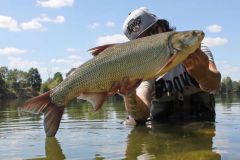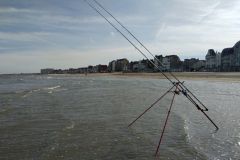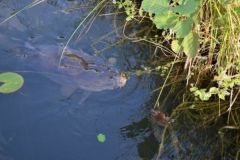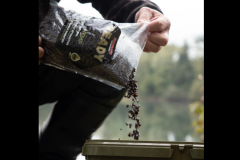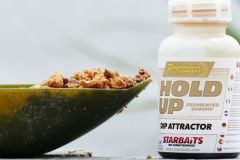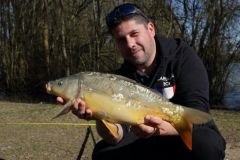To make leaders for carp fishing, we have at our disposal many materials with various characteristics. It is important to know them well in order to use them in the best way and to make the right choices.

Top 3 materials

For me, there are three essential materials for the realization of leaders whether they are simple or complex: the braid, the sheathed braid and the fluorocarbon. With these three materials, you can make flexible, rigid, semi-rigid and combined (rigid and flexible part) leaders.
The braid
Flexible braid has some general characteristics that are important to know. First of all, the braid has an incomparable linear resistance, combined with an almost zero elasticity.
Its diameter/resistance ratio is excellent. It remains easy to use since it has no memory compared to a nylon that marks when running a knot¦ On the other hand, its resistance to abrasion differs depending on the model. My two favorite models are the GRANIT X and the SOFT X from Starbaits.
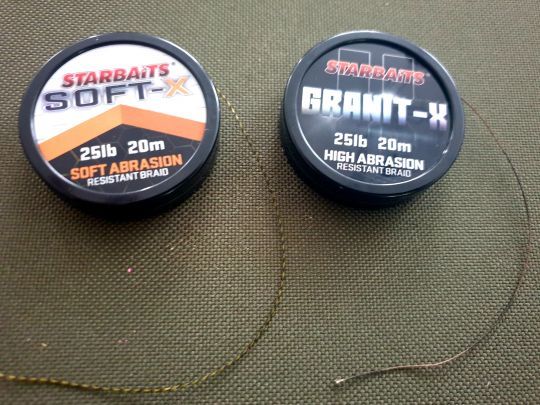
Advantage in certain conditions, disadvantage in others, the braid holds a great mobility by its great flexibility. It is therefore subject to entanglement both during casting and by the presence of undesirable. Crayfish can damage a braid leader. On the other hand this flexibility ensures a great freedom to the bait/hook set.
One thing some people take into account, braid tends to absorb liquids and odors.
Important point, according to the management of the fight, the braid can generate lesions in the mouths of fish. It is therefore not the best choice for strong fishing.
As you can see, the braid is mainly intended for soft or combined leaders.
Fluorocarbon
Fluorocarbon is used to make rigid or combination leaders. My must, the SHADOW.
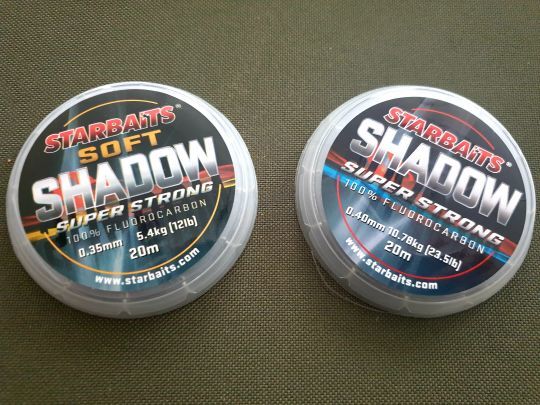
Its rigidity and discretion are its two main advantages. Thus, this material allows to avoid entanglements during casting and when undesirable fish are present. It is also almost invisible, even in clear water.
Unlike braid, fluorocarbon is more difficult to use because of its greater memory. It is therefore more difficult to make knots. Its diameter/resistance ratio is also not as good, which results in a lower linear resistance. Here again the use of large diameters makes the style exercise complicated (passages in the eye of the hammerâ?¦). During the fight, fluorocarbon does not cause any particular injury. The fluorocarbon is thus intended just as well for fine fishing as for strong fishing provided that the diameter is adapted. Unlike braid, it does not absorb liquids or odors.
Moreover, it floats perfectly. It will be, in small diameter, the formidable weapon to fish with the Zig (fishing with large floating leaders). In this case, my choice is the Shadow Soft.
The sheathed braid
The sheathed braid differs from the braid by the presence of a coating. Because of this coating, its basic rigidity is higher than a traditional braid but lower than a fluorocarbon. It can be used as is, but also by stripping the coating to a desired length. Thus, you can easily obtain a combined leader (soft and semi-hard part). Today, there are braided lines with more or less rigid coating.
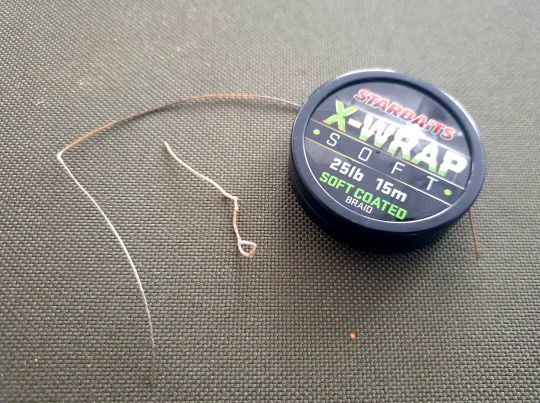
These braids have a great resistance to abrasion and limit potential entanglements compared to a braid without coating (in a lesser proportion than a fluorocarbon of course). The coated braid remains perfect for fishing obstacles. It limits the inconveniences of the braid thanks to the coating. Note that if not stripped, the coated braid causes few injuries if the fight is well conducted.
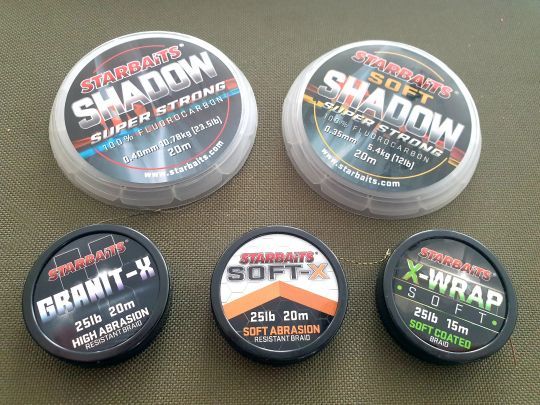
Each material possède advantages and disadvantages. This is what makes it possible to adapt to THE situation of the place, of the momentâeuros¦ For me, no material above another. We need all three types mentioned.

 /
/ 